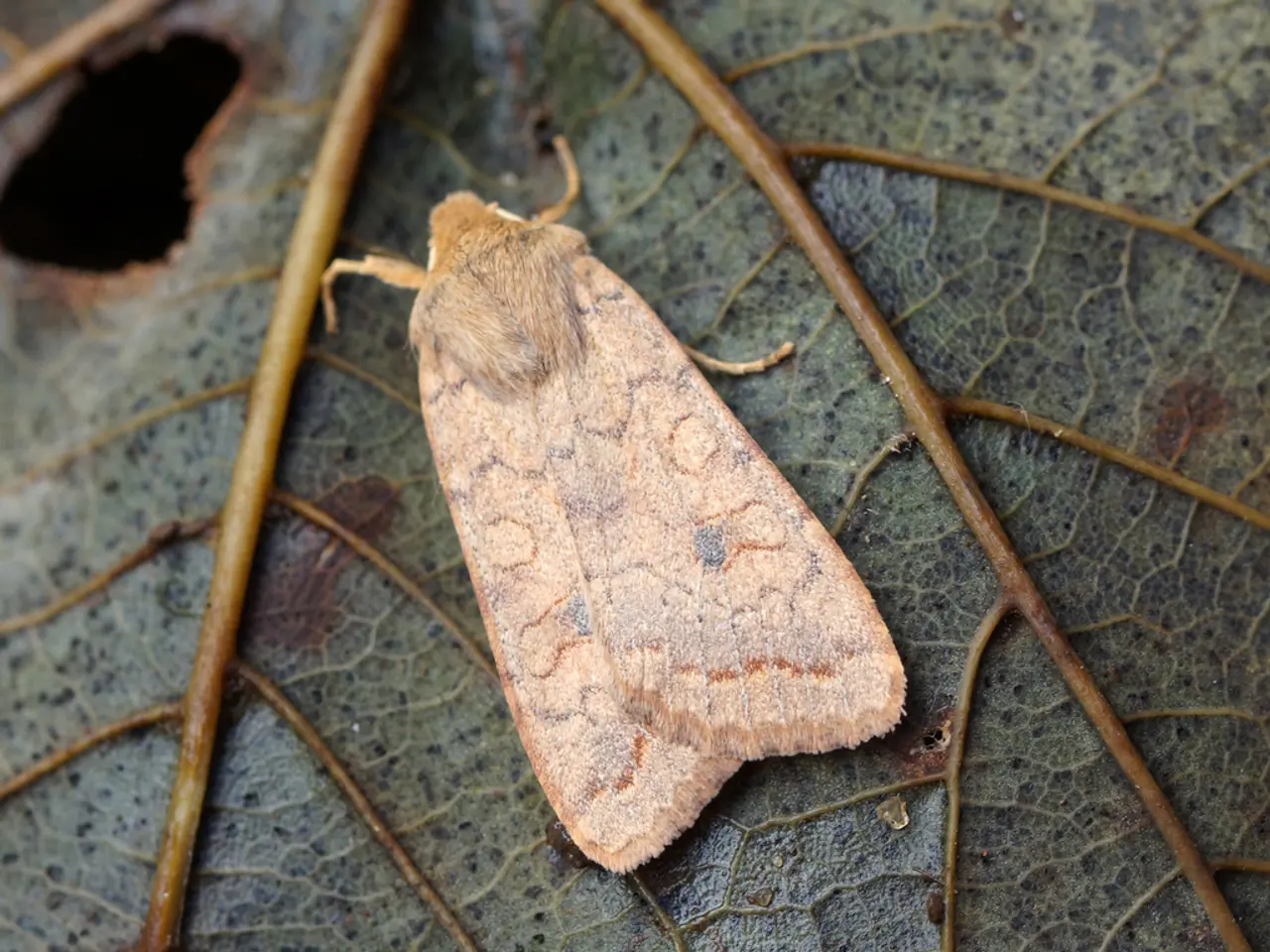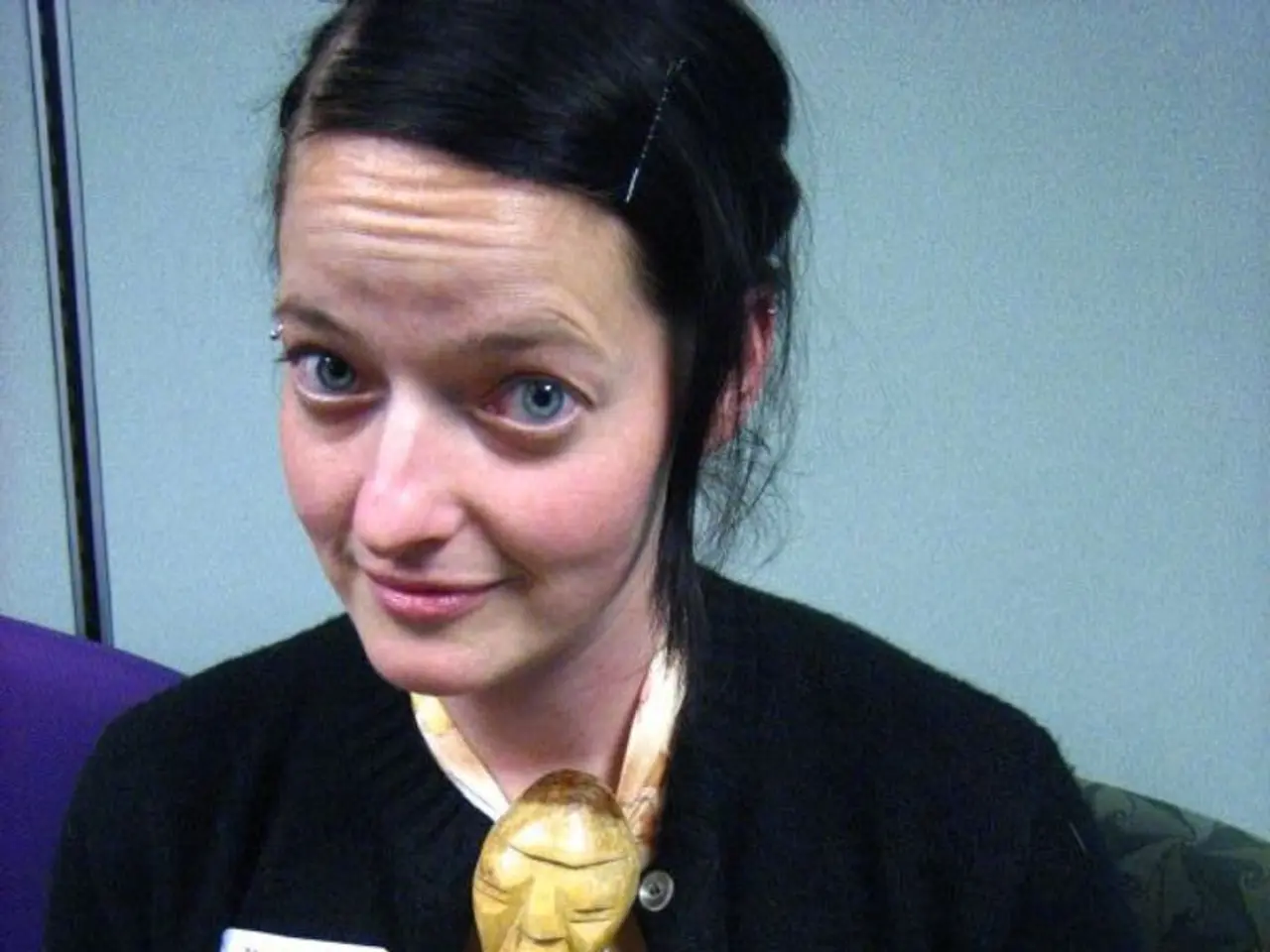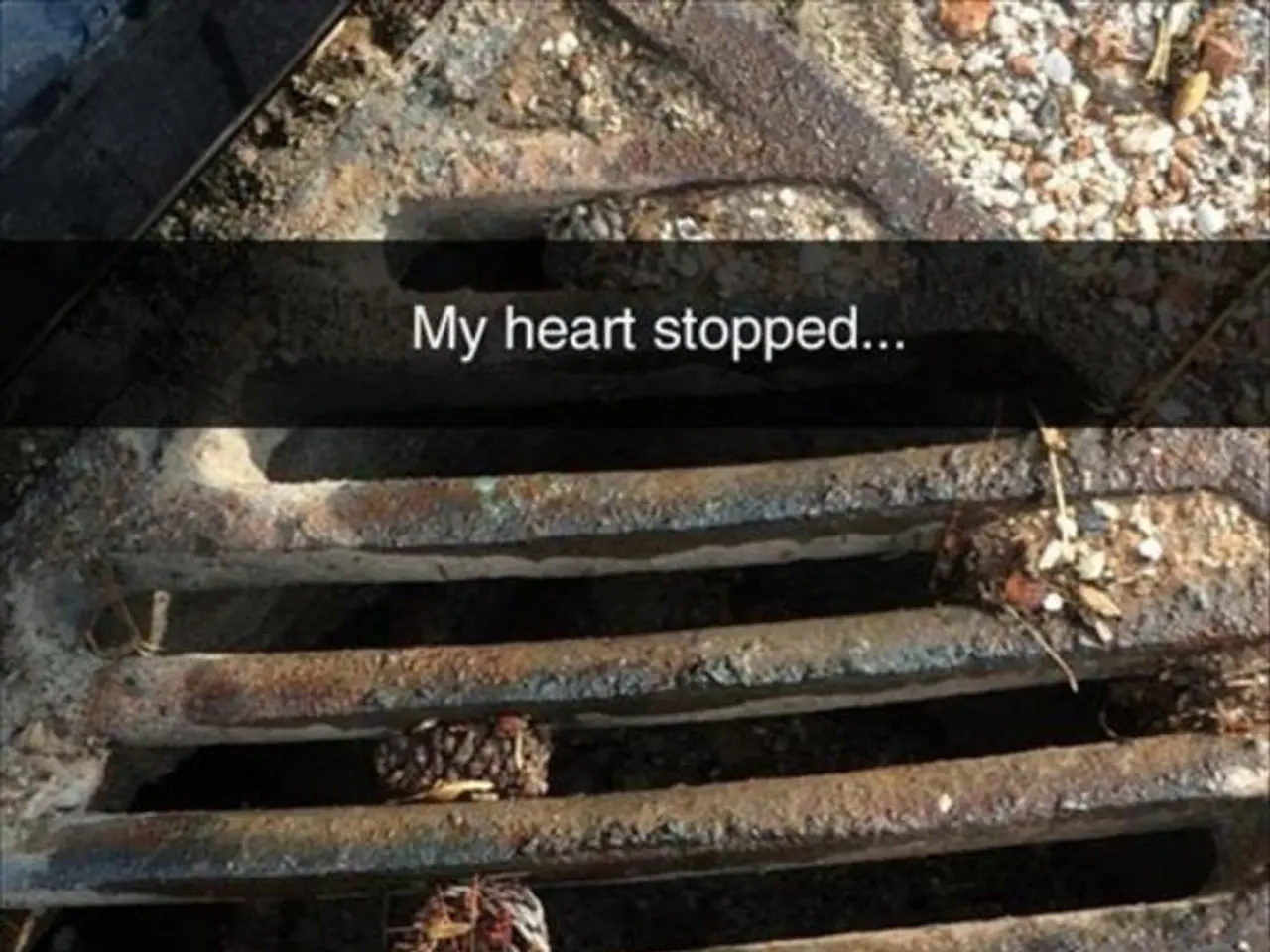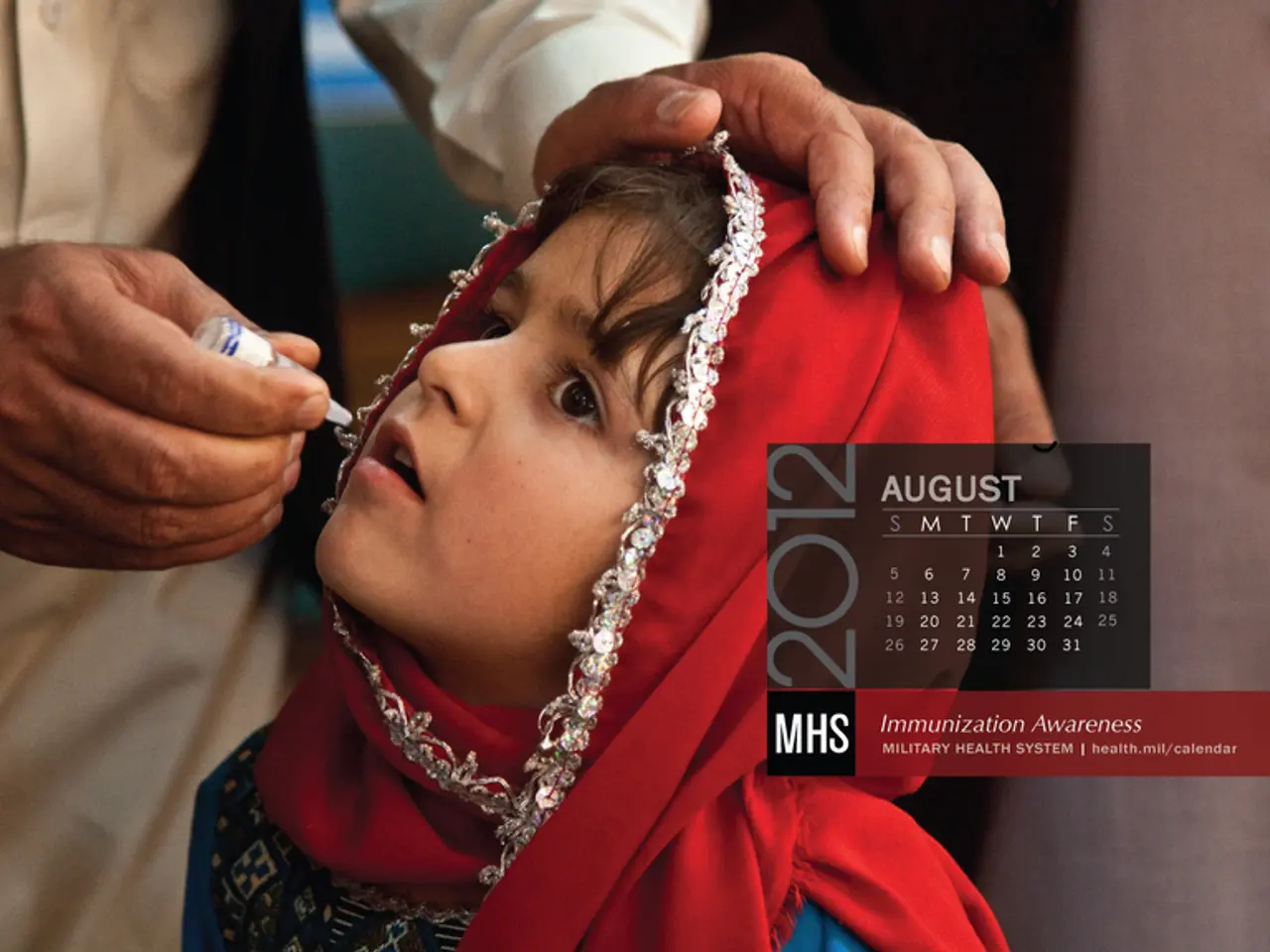Recognizing Lichen Spinulosus: Its Definition and Characteristics
Lichen Spinulosus is a rare, benign skin condition that presents as spiny bumps and follicular papules, often resembling sandpaper patches. This condition primarily affects children, adolescents, and young adults, with occurrences in adults and the elderly being relatively rare.
The cause of Lichen Spinulosus remains unclear, but it appears to be an abnormal follicle reaction pattern to various triggers. Genetic factors, exposure to certain substances, vitamin deficiencies, and underlying medical conditions are among the possible causes.
One such substance that has been associated with the condition is gold. Additionally, deficiencies in vitamin A may contribute to its development. Medical conditions such as atopy, lithium medication use, Hodgkin's disease, Crohn's disease, HIV, and alcoholism could also potentially lead to Lichen Spinulosus. Dietary and environmental exposures might also play a role in its onset.
The condition typically presents as reddish patches on the elbow, shoulders, stomach, buttocks, and other areas. These patches are evenly distributed on the neck, stomach, abdomen, thighs, knees, and elbow. Within these patches, multiple papules, ranging from 1-3 mm in diameter, are present, with a central, hard, spiky projection.
Although the lesions do not typically hurt, they may cause itching. The patches are similar in size to a crayon tip and feel like running your palms on a nutmeg grater.
Diagnosis for Lichen Spinolosus is primarily through clinical examination, with no specific tests available. If you suspect you have Lichen Spinolosus, it is important to see a dermatologist for an accurate diagnosis, treatment, and guidance.
Treatment often involves the use of topical keratolytics and emollients to manage symptoms. In some cases, laser-assisted hair removal may be beneficial. Healthcare providers can also help control symptoms with medicated creams.
It's worth noting that while the condition is benign, it can be distressing due to its appearance and potential for discomfort. Managing the condition involves using non-soapy cleansers, medicated moisturizing cream, and exfoliating methods.
Lichen Spinolosus is pronounced as "LIKE-en spine-you-LOH-sis". It's important to remember that while this condition is rare, understanding it can help those affected seek timely and appropriate medical advice.
- The abnormal follicle reaction pattern in Lichen Spinulosus might be linked to various triggers, including genetic factors, substance exposure like gold, vitamin deficiencies, and underlying medical conditions such as Hodgkin's disease, Crohn's disease, HIV, alcoholism, and atopy.
- Dietary and environmental exposures could potentially contribute to the onset of Lichen Spinulosus, making it essential to maintain a balanced diet for overall health and wellness.
- Healthcare providers may treat Lichen Spinulosus with topical treatments like keratolytics and emollients, medicated creams, and in some cases, laser-assisted hair removal. Adoption of proper skin care, using non-soapy cleansers, medicated moisturizing cream, and exfoliating methods, can help manage the condition.
- While Lichen Spinulosus is benign, it can be distressing due to its appearance and potential for discomfort. It's crucial to understand the condition to seek timely and appropriate medical advice, ensuring proper nutrition, and embracing health-and-wellness practices in daily life.




